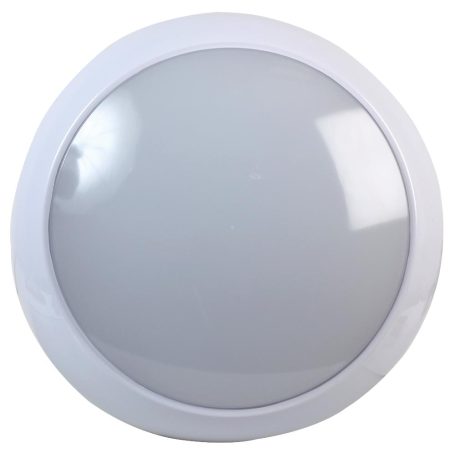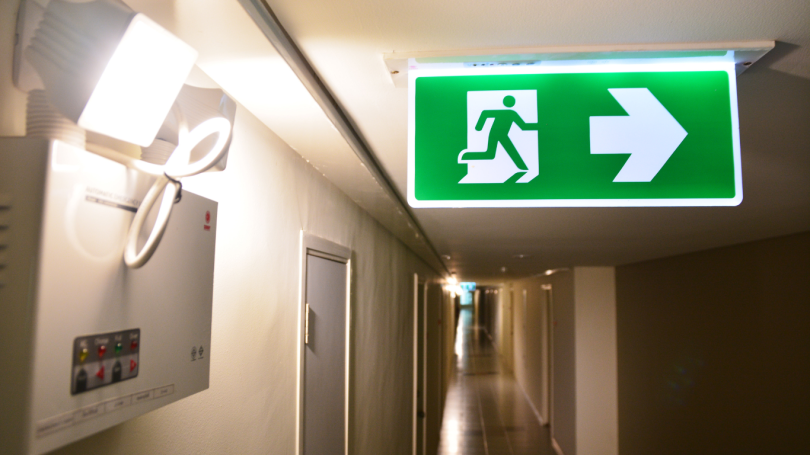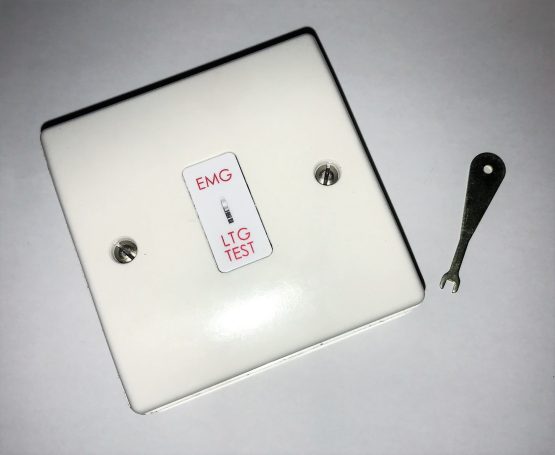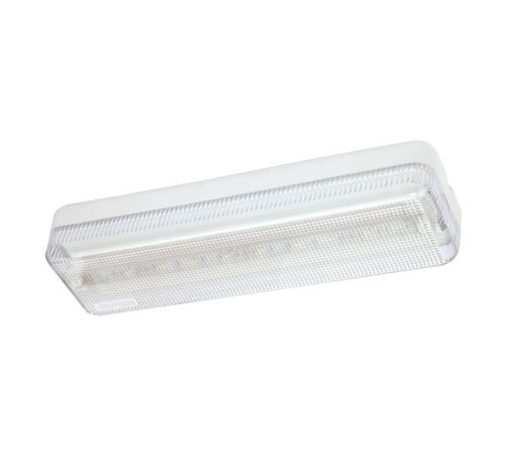
Emergency Lights and Signs
Supply, installation, maintenance and testing

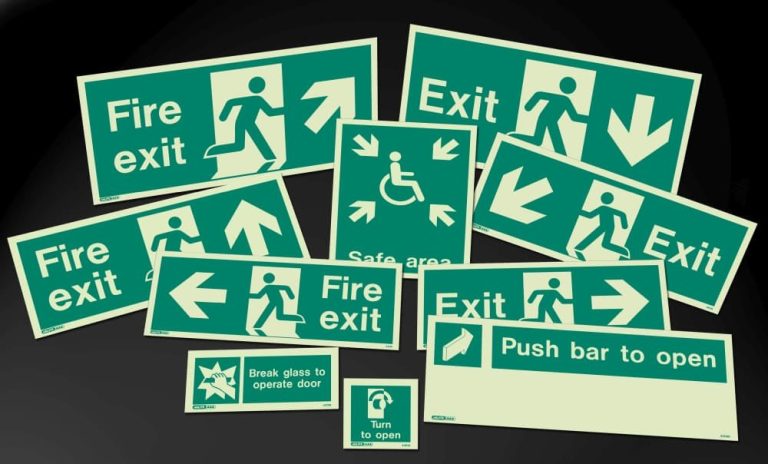
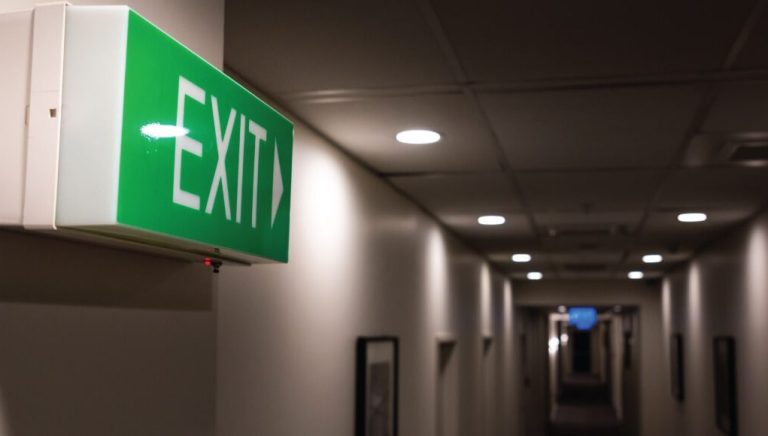
Emergency lights are lighting devices that switch on automatically when there is a power outage or low-visibility conditions. They are usually battery-backed or independently powered. They are required by law in many buildings for safety reasons.
There are different types of emergency lights based on their power source and function. Some of them are:
- Self-contained: These fixtures have their own batteries and can operate independently.
- Central battery: These fixtures are connected to a central power source that can supply backup power to multiple lights.
- Maintained and non-maintained: These are fixtures that either operate as normal lights and remain lit during a power outage (maintained) or only switch on during a power outage (non-maintained)
- LED: These are fixtures that use LED bulbs that are energy-efficient and long-lasting.
Emergency Light Testing
As required by law, emergency lights needs to be tested and periodically maintained. For most systems, an Emergency light testing will include:
- Testing all emergency lights for operation and illumination
- inspecting the condition of the system and checking the battery drain
- Recording the test date
- Reporting on system deficiencies, outlining actions and providing a quote
- Training selected employees on how to conduct monthly inspections
- Issuing an Emergency Light Certificate
We need your consent to load the translations
We use a third-party service to translate the website content that may collect data about your activity. Please review the details and accept the service to view the translations.

